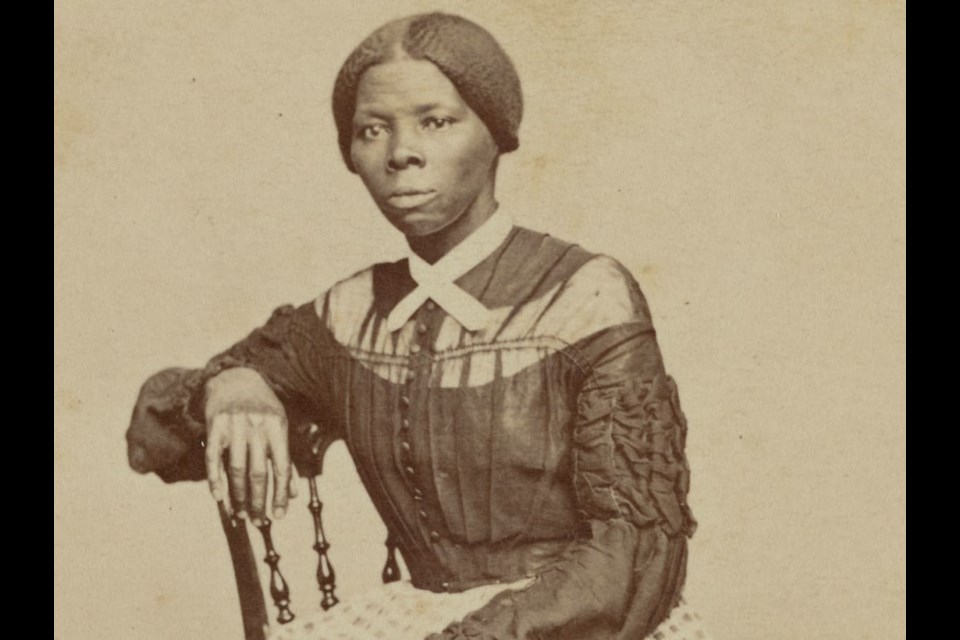Editor's note: This is Part 5 of a six-part series on Ontario historic sites as part of to Black History Month, written by Terry Fegarty, of the Tay Heritage Committee and Community Heritage Ontario, with editing assistance by Heritage Grey Highlands member Nancy Matthews.
The annual Black History Month campaign reminds all Canadians that our early Black history is an important legacy that continues to be seen and felt in many Ontario communities.
The Salem BME Chapel in St. Catharines was an important centre of abolitionist and civil rights activity in the 19th century.
Part of its mission statement reads: "We are a Social Justice Church. In HIS name, we stand to fight against racial injustice because we believe that God created all people to be equal."
Black refugees designed and built the church in the 19th-century Southern Baptist style – now a stucco building that is distinguished by its regularly arranged Gothic windows, modest scale and overall simplicity. However, age is catching up with the structure.
In 2021, the federal government provided a $100,000 grant toward the cost of emergency repairs.
But the objective of the still active, predominantly Black congregation is a complete restoration of the original church including restoring hardwood floors and removing the exterior stucco. The entire restoration has a price tag of around $2.5 million.
The most famous and celebrated member of the congregation was Harriet Tubman, who regularly attended the local Salem Chapel while living in a nearby house she had rented for herself and family members.
Born Araminta Ross, Harriet Tubman was an American abolitionist and social activist. She was born into slavery in Maryland around 1822.
In 1849, she escaped to live free in Philadelphia, only to return to Maryland on some 13 missions to rescue approximately 70 slaves, including many family members and friends, and using the Underground Railroad.
In 1851, she moved her operations to St. Catharines, after the 1850 Fugitive Slave Act was passed in the United States. She lived in St. Catharines until 1862.
Between 1852 and 1857, Tubman made 11 more trips from St. Catharines into the United States to bring back Black escapees.
These trips were especially dangerous because of the $40,000 reward, huge at the time, posted by a group of slave owners for her capture — dead or alive. Never able to read or write and physically challenged, Tubman still succeeded in personally liberating up to 300 people from Maryland and other slave states.
After the Civil War and Emancipation, Tubman returned to her family home in Auburn, N.Y. She died there in 1913 at the age of 93.
Tubman had remained active until her death, raising money for such causes as the education of freed men and women in the south, and the fight for women’s suffrage. Widely known and well-respected while she was alive, Tubman later became a celebrated icon, who has inspired generations of African Americans who have struggled for equality and civil rights.
In 1990, March 10 was declared Harriet Tubman Day in the United States, as well as in St. Catharines. The Biden administration has declared its intention to place Harriet’s portrait on the U.S twenty-dollar bill, to replace former President Andrew Jackson, who was a slaveholder.
In 2005, the Government of Canada designated her as a person of national significance.




